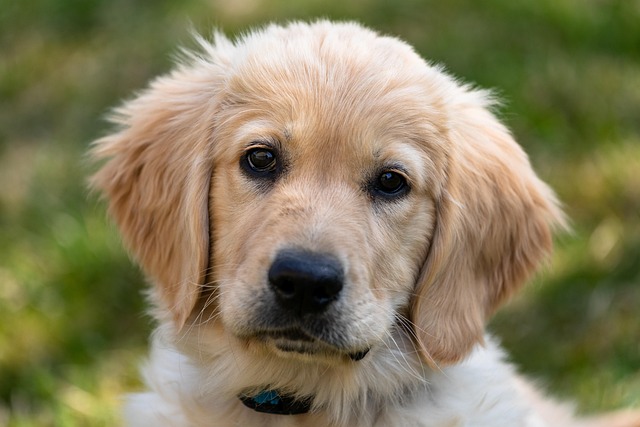
what are the nutritional requirements for a dog
Figuring out what to feed your dog can feel like navigating a maze, with endless brands and formulas all claiming to be the best. But at its core
If you’re a new dog parent in the US—maybe you’re kneeling by your 8-month-old Shih Tzu, Lua’s, bed in your Chicago apartment, morning coffee in hand, and noticing crusty, pale yellow gunk in the corners of her eyes, or you’ve had to wipe your Pug, Max’s, squishy face before his morning walk to keep boogers from sticking to his fur—you’ve probably wondered: Is this normal? Why does it only happen overnight? Morning eye boogers in dogs are super common, but they’re not random—let’s break down why they happen, when to worry, and how to handle them gently.
First, let’s keep the science simple (no vet jargon!): Your dog’s eyes make tears 24/7 to stay moist and trap dust or tiny debris (like pollen from your apartment plant). When they sleep, their eyes stay mostly closed, so those tears don’t drain as well—they evaporate, leaving behind a mix of tears, dust, and natural oils that dries into “eye boogers.” For flat-faced breeds (like Max the Pug) or long-haired pups (like Lua), this is even more common: flat faces have shorter tear ducts that can’t drain tears fast, and long fur around the eyes traps more debris overnight. Think of it like how we get “sleep” in our eyes—just your dog’s version! My friend Mia in Texas has a Beagle, Cooper, who used to have extra morning boogers until she realized her apartment’s dry winter heat was making his eyes produce more tears; a small humidifier by his bed fixed it in a week.
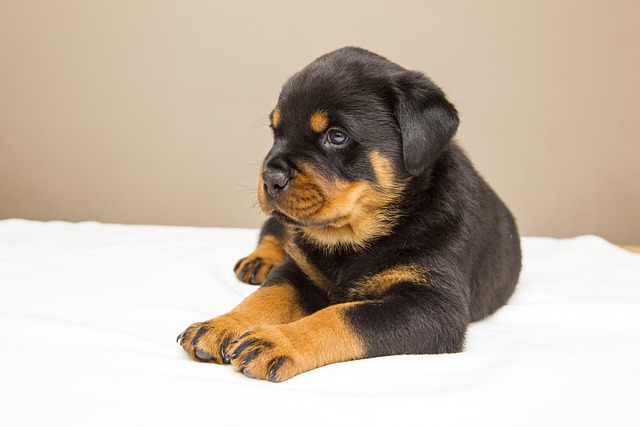
Here’s how to handle your dog’s morning eye boogers—safely and without stress—step by step: Start with the right tools: grab soft, unscented cotton balls (avoid rough tissues!) and lukewarm water (hot water stings!). Make it a positive routine: call Lua over with a cheerful “treat time!” and give her a freeze-dried chicken bite before you start—positive reinforcement keeps her calm (never hold her head down or rub roughly; punishment goes against US animal welfare norms and will make her hide when she sees your cotton ball). Gently press the wet cotton ball against the booger for 2–3 seconds to soften it, then wipe slowly toward the outer corner of her eye (no back-and-forth rubbing—this scratches their delicate eye surface). Use a fresh cotton ball for each eye to avoid spreading germs. If the booger is extra crusty, wet the cotton ball again—never yank!
Now, let’s tie in rules and habits that matter. Every US state requires core vaccines (distemper, parvovirus)—distemper is a serious disease that causes thick, greenish eye discharge (way more than normal morning boogers), so keeping your dog’s shots up to date isn’t just the law (fines for skipping can hit $150+ in California or New York)—it’s a way to spot danger early. When you take Max for his morning walk (after wiping boogers), always clean up his poop—cities from Seattle to Boston fine up to $300 for leaving waste, and while poop doesn’t cause eye boogers, keeping sidewalks clean cuts down on dust and debris that irritate his eyes. If you live in an apartment, keep windows closed at night during high-pollen seasons (like spring in the Northeast)—pollen drifts in and gets trapped in your dog’s eyes while they sleep. At the dog park, steer clear of dogs with runny eyes or thick discharge—germs spread fast when pups sniff faces, and you don’t want to make your dog’s morning boogers worse.
Morning eye boogers are usually no big deal—just part of your dog’s daily eye care. With a little gentle wiping and a watchful eye (pun intended), you’ll both get into a quick morning routine. The only time to worry? If boogers are bright green, red, or paired with squinting—then call your vet. Otherwise, grab that cotton ball and treat, and start your day with a happy, booger-free pup.

Figuring out what to feed your dog can feel like navigating a maze, with endless brands and formulas all claiming to be the best. But at its core
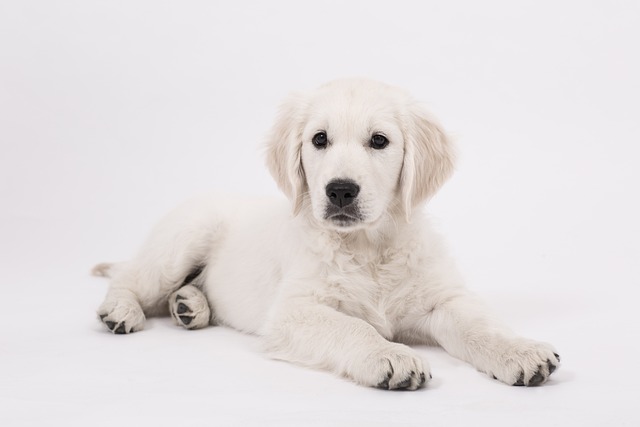
With all the talk about high-protein diets, it's easy to wonder if there can be too much of a good thing for your growing puppy.
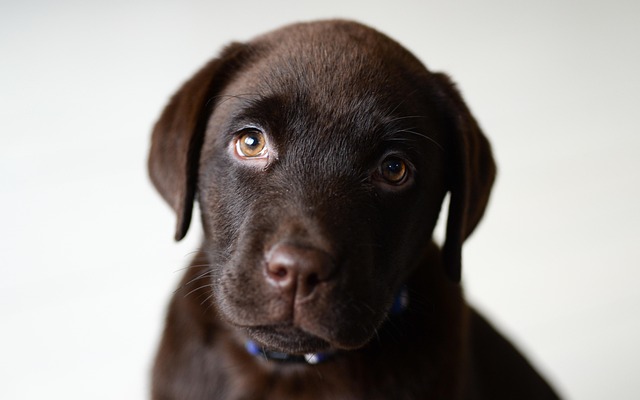
Nothing’s more disheartening than leaning in for a doggy cuddle and catching a strong, unpleasant smell from their skin.
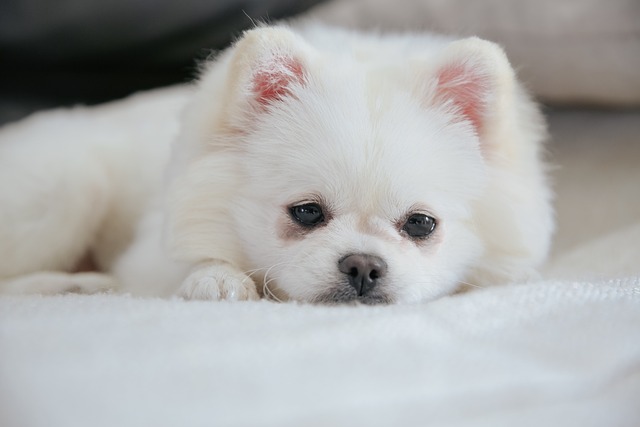
Bringing home a new puppy is an exciting time, and watching them explore their world often includes seeing them try to eat everything in sight!
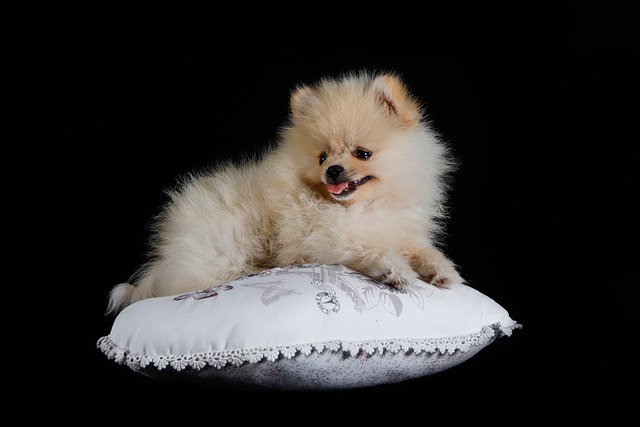
If you've noticed your dog's skin looking greasy, flaky, or just generally unhealthy, you might be wondering if it's simple dryness or something more.
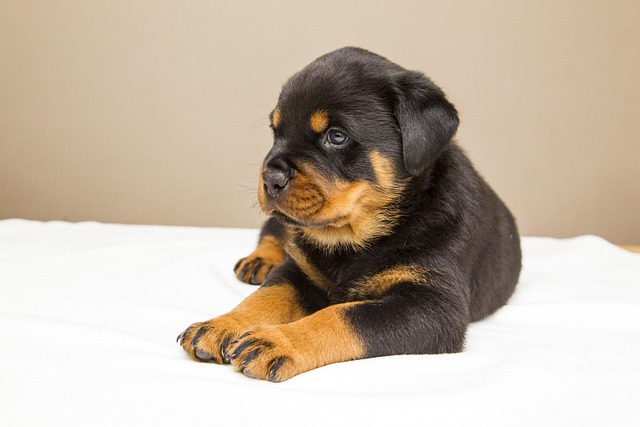
If you’re a new dog parent in the US—maybe you’re kneeling by your 8-month-old Shih Tzu, Lua’s, bed in your Chicago apartment, morning coffee in hand